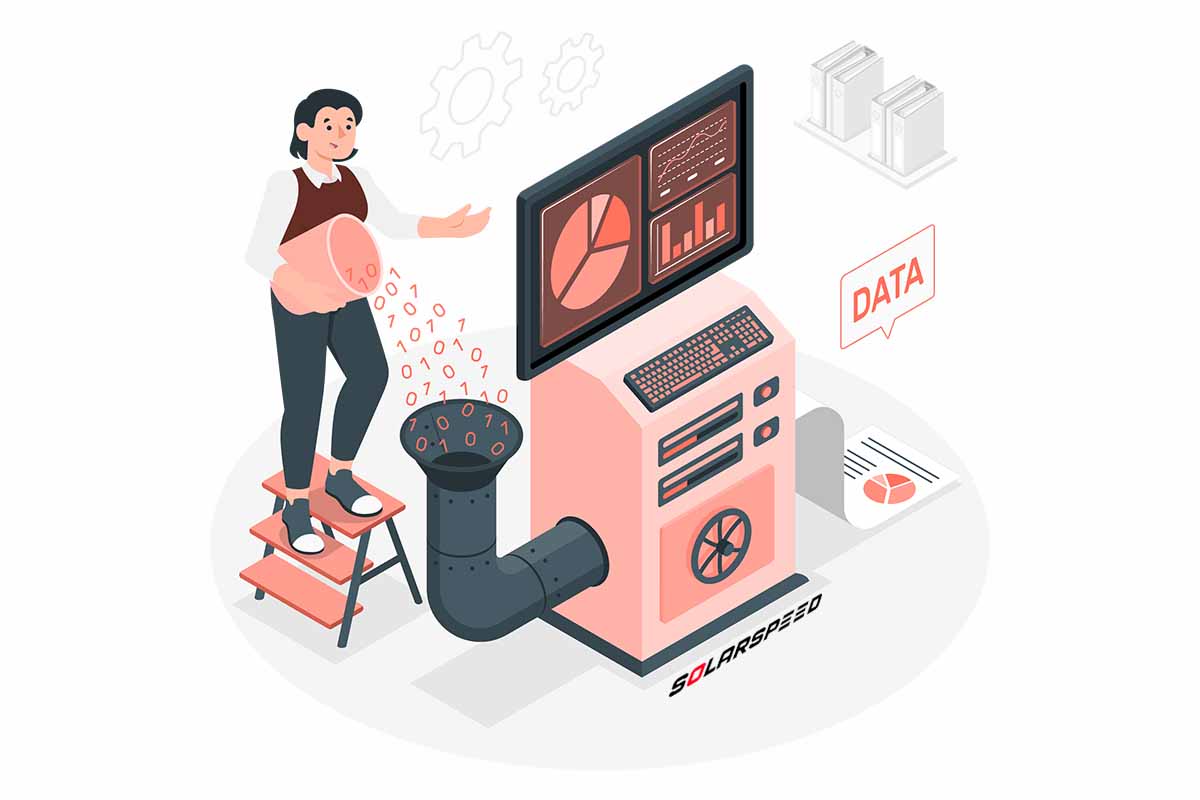
What is Data Transmission? All You Need to Know
Data transmission refers to the process of sending electronic data from one location or device to another. It involves the movement of digital information across a network or communication channel, such as text, images, audio, video, and other types of files.
Data transmission is a fundamental concept in telecommunications and networking, enabling the exchange of information between devices, systems, or users.
The Importance of Content Delivery Networks (CDN) in Data Transmission
Content Delivery Networks (CDNs) play a crucial role in optimizing data transmission and improving the overall user experience on the internet. They are designed to address the challenges of delivering digital content, such as web pages, images, videos, and other multimedia, to users efficiently and quickly. Here are some key reasons why CDNs are important in data transmission.
Faster Content Delivery (CDN)
CDNs consist of a network of servers strategically distributed across various geographic locations. When a user requests content from a website, the CDN automatically routes the request to the nearest server. This reduces the distance between the user and the server, resulting in faster content delivery. This speed improvement is especially significant for websites that host large media files, images, videos, and other static content.
Reduced Latency and Faster Load Times
CDNs strategically place servers in various geographic locations. When a user requests content, the CDN serves it from a server closest to the user, reducing the physical distance data needs to travel. This minimizes latency, which is the delay between a user’s request and the delivery of content. Faster load times result in a more responsive and engaging user experience, especially for websites with high traffic and multimedia content.
Improved Scalability and Handling Traffic Spikes
CDNs distribute incoming traffic across multiple servers, ensuring that the load is balanced and no single server gets overwhelmed. During periods of high demand, such as during product launches or viral events, CDNs can handle sudden spikes in traffic by distributing the load among their edge servers. This prevents the origin server from becoming overloaded and ensures consistent performance for all users.
Enhanced Reliability and Redundancy
CDNs offer redundancy by storing copies of content on multiple servers. If one server experiences a failure, another server can quickly step in to deliver the content. This redundancy increases the overall reliability of content delivery, reducing the risk of downtime due to server failures.
Bandwidth Savings and Cost Efficiency
CDNs optimize the way content is delivered by using techniques like caching and compression. Cached content is stored on edge servers, reducing the need to fetch it from the origin server every time. This not only saves bandwidth for both the content provider and the user but also lowers data transfer costs, especially for websites serving large files like images and videos.
Security and DDoS Mitigation
CDNs provide an added layer of security by absorbing and filtering malicious traffic, including Distributed Denial of Service (DDoS) attacks. By distributing traffic across multiple servers, CDNs can mitigate the impact of DDoS attacks and protect the origin server from being overwhelmed. This ensures that legitimate users can access the content without disruption.
Data Transmission Is Important For Business, Why?
Data has become the lifeblood of organizations, driving decision-making, innovation, and customer experiences. The transmission of data, facilitated by advanced technologies and networks, plays a pivotal role in shaping the success of businesses. Here we are going to discuss the reasons why the transmission of data is of utmost importance for businesses in today’s digital age.
- Exclusive protocols are capable of evaluating bandwidth and enhancing efficiency, allowing for swift retransmission and the adoption of rapid recovery technology.
- By utilizing global load balancing, content delivery services such as SolarSpeed can gain access to the nearest ingress and egress points for both source and destination, utilizing over 1000 Points of Presence (PoPs) as pathways to the internet.
- The utilization of multi-path transfer facilitates the transmission and amalgamation of data, resulting in a notable improvement in speed.
- To safeguard data against established and emergent threats, data encryption and the concealing of origin IP addresses are employed.